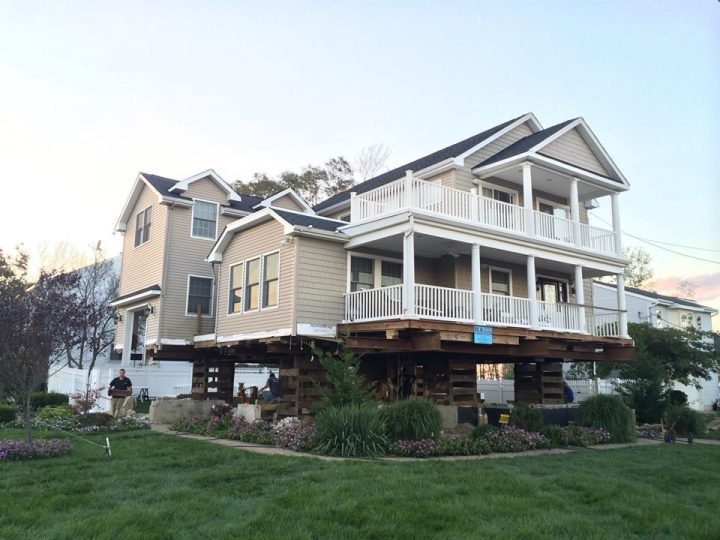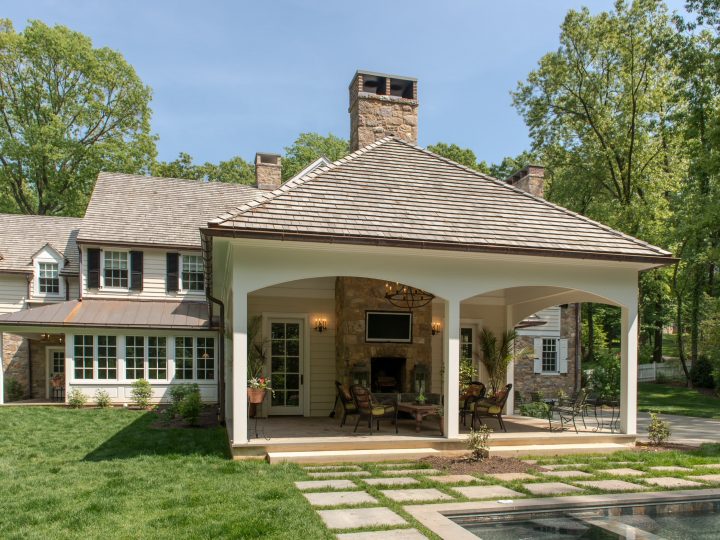The development of environmentally proactive waterproof membrane systems represents the versatility required to help meet the various challenges presented to those planning and implementing urban regeneration schemes. Phil Singleton, product manager, Icopal, reports.
Urban regeneration schemes, by their very nature, have many varied elements, and just as many stakeholders. From residential to commercial zones, public realm and community space, existing structures and new-build requirements, each must be considered both individually and as part of a greater whole.
Underpinning all of this, the urban regeneration company (URC), planner, developer, architect, local authority specifier, urban designer, local employers and community groups need to seek ways to fulfil the needs of the community at the same time as those of the environment.
URCs are experts in their local areas, and the local authority, local employers, amenity groups and community representatives play an important part, with the regional context represented by the regional development agencies (RDAs) and the national dimension by the Homes and Communities Agency. They co-ordinate investment plans from both the public and the private sectors, and attract new investment through the purposeful and imaginative promotion and regeneration of their areas.
Devolution to local government is another key influence, with more decisions falling to a region-by-region committee, instead of led by regulatory restrictions. Parliamentary Under Secretary of State for planning, building and the environment, Andrew Stunell OBE MP, gave a statement in late December 2010 that outlined how the country’s building regulations will be reviewed and reformed.
While a lot of this work will be deregulatory in nature, it will look to ways of improving energy-efficiency measures currently covered by Part L. This set of reforms represents the next steps in terms of meeting the longer-term targets for zero carbon emissions, including the Green Deal for communities. It is against this framework that the specification of building products – for both refurbishment and new-build projects as part of any scheme – must take place.
Overall, it is the versatility of materials, suppliers and contractors that will guarantee the success of any regeneration scheme. Representative of this, products that reduce pollution, work to improve air quality, cut CO2 emissions and improve energy-efficiency most effectively are those which have been designed and developed to work proactively with the environment.
For both refurbishment and new-build projects, as part of any urban regeneration scheme, roofing plays a significant part. It occupies the largest external continuous area of most buildings and, therefore, as an important element in any building envelope, due consideration must be given to its specification.
Lightweight roofing membranes provide the ideal long-term and environmental solution to building protection and weatherproofing. Enabling the creation of smart aesthetics and even closely replicating metallic finishes that provide the appearance of standing seam roofing, there is a lightweight roofing membrane solution to most urban regeneration challenges.
Manufactured from recycled bitumen roofing products and covered with a granular titanium dioxide finish, a roofing membrane that uses sun, wind and rain to transform harmful nitrogen oxides (NOx) into harmless levels of nitrates offers an environmental choice for new and retrofit projects. This de-polluting effect offers a socially and economically responsible way of helping to reduce the environmental impact of a building.
The Intergovernmental Panel on Climate Change (IPCC) has identified NOx as one of a series of greenhouse gases harmful to the environment. NOx particles are produced during combustion and are a component of acid rain, leading to an imbalance of ozone in the atmosphere that can be harmful to plants, animals and people. It is also considered to be a major aggravator of respiratory disease such as asthma.
Products that can neutralise these particles as they come into contact with the roof represent a new type of building technology, where the building actively operates to improve its immediate environment.
The addition of a green roof has many environmental advantages, not least in its appearance. Green roof planting can also improve air quality by absorbing atmospheric carbon and releasing oxygen while providing habitats for wildlife. As both the growing substrate and the plants within a green roof system absorb and release water back into the air by evaporation and evapotranspiration, there is less storm water runoff to be managed, and this is why green roofs are also classified as one method of source control for SUDS.
As an additional covering, a green roof will also protect the roof deck from weather extremes and UV damage. Many specifiers and end clients are becoming aware of the benefits of green roof technology in aiding building temperature regulation and thereby improving energy use for heating and cooling too. Where an intensive roof is a viable option, it can become a central focus as a public space – shared and enjoyed by the community at large.
Combining renewable energy solutions within building materials is also a viable means of improving energy-efficiency, through generating power on site. Incorporating solar photovoltaic (PV) modules onto flexible roofing membranes enables a flat or pitched roof to harness solar energy and take advantage of the Feed-in Tariffs.
Complicated funding, planning and implementation processes lie at the heart of urban regeneration schemes. However, it is the development of products and systems that can fulfil the regulatory, social and economic demands and make a positive contribution to the environment that will help provide solutions. Such products can be specified in a number of ways, or with suitability for a varied number of applications that provide the necessary viability for large schemes. By developing visionary products such as the Noxite treatment for roofing membranes or green roof and PV membrane systems from Icopal, suppliers can provide products that are flexible enough to meet a number of complicated demands.




